The world is a big, wonderful place full of facts we never thought possible. For instance, if a pregnant mouse has a sudden medical issue, the fetus will send stem cells to heal the mother, increasing its chances of survival as well. Fetal stem cells have been found in human mothers as well, dubbed by science as microchimerism.
Bright Side dug up some more marvelous facts about nature and its creations, upholding our yearly resolutions to spread knowledge and joy.
1. The heart slows when your face touches water.
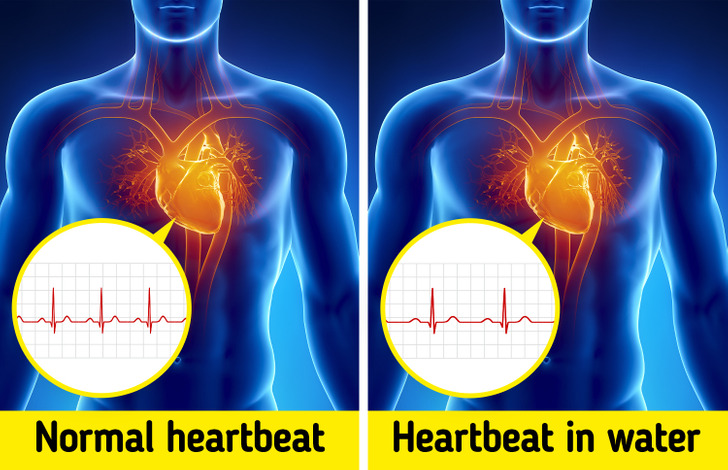
As mammals, we can’t breathe underwater, so as part of the mammalian dive reflex, our heart rate goes down in the water — more so if we go underwater. Even splashing the face with water makes the heart slow down, making it a great way to calm down.
2. Fungus can break down plastic in weeks.
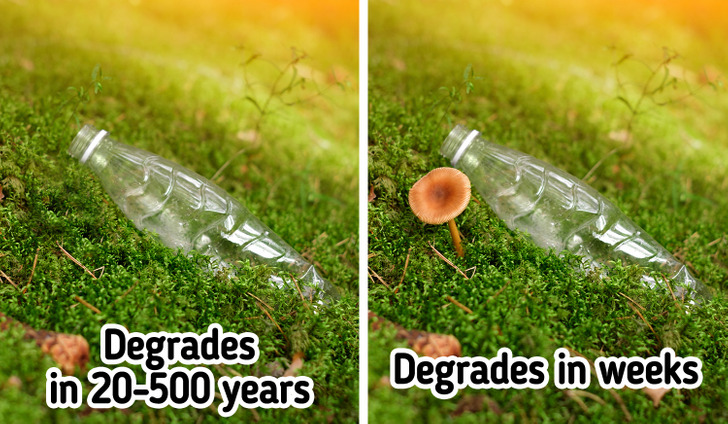
It is said that in the future, there may be more plastic in the ocean than fish. This is why the plastic-eating fungus is great news, and there are around 50 new species of such fungi discovered already. One of the fungi discovered can digest plastic within 2 months, so there’s hope for us yet.
3. Newborn babies can support their own weight.
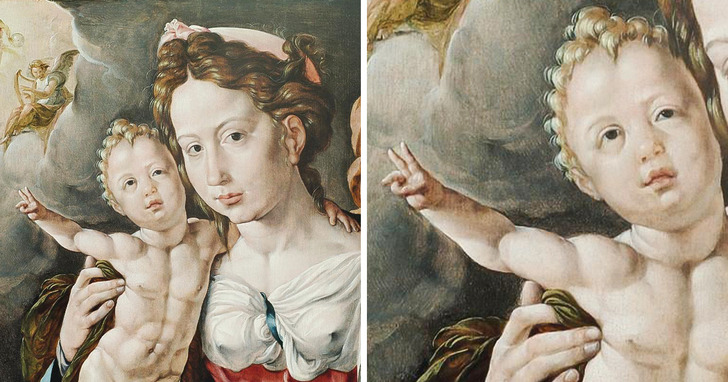
Newborn babies are strong — strong enough to be able to grasp things in their tiny fists and even support their weight as shown by an experiment done in the nineteenth century. Louis Robinson witnessed babies able to hang from a walking stick, from 10 seconds to 2 minutes and 35 seconds.
4. Koala fingerprints have been mistaken for human ones.
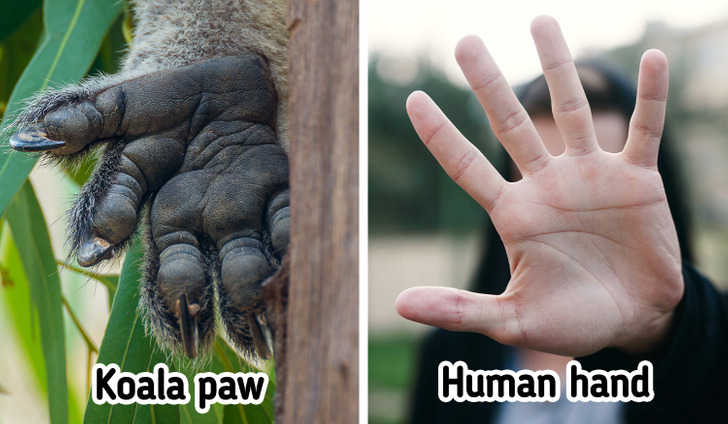
We’ve been told that our fingerprints are unique, and they are. But the fact remains that even though we share a common ancestor with the koala that was alive 100 million years ago, koala fingerprints look very similar to human fingerprints, as do chimpanzee fingerprints for that matter.
5. Snails can sleep for 3 years.
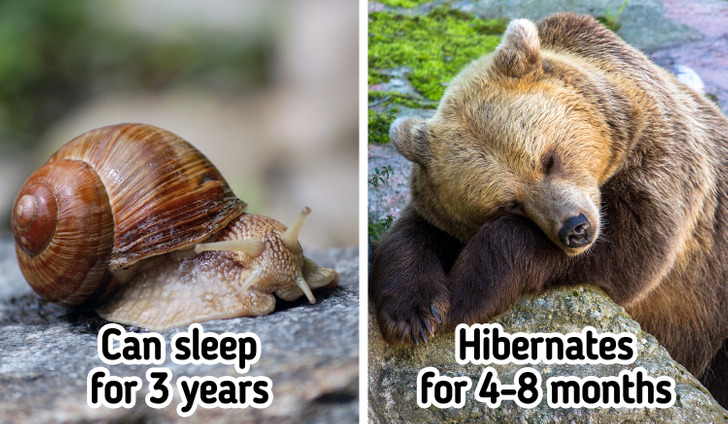
If you thought bears had it good with hibernation, meet the snail. Snails can sleep rather than hibernate for 3 years at a time without needing food. Of course, this is with some snail species, not all of them. Meanwhile, bears usually hibernate for just 4-8 months.
6. Sloths need 2 weeks to digest food.
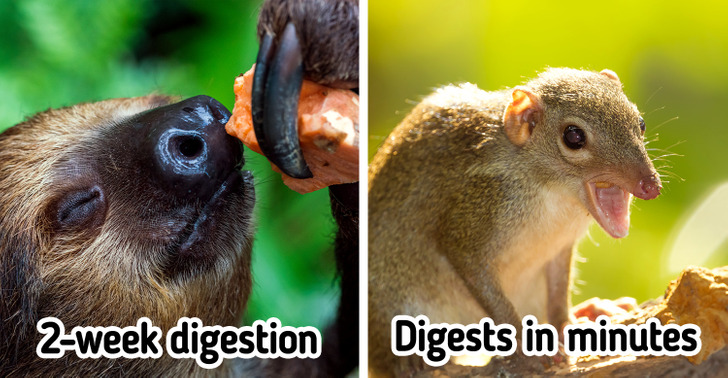
Sloths don’t only move in slow motion — even their insides move slowly, ostensibly to preserve energy, which is why a sloth’s digestive system takes 2 weeks to process the food it ate. Plus, most of what it eats is indigestible, giving it very little energy from each slowly chewed mouthful.
On the other end of the spectrum lies the shrew, whose digestion takes mere minutes and is done so fast, not much of it is fully digested. This is the reason why shrews eat their own feces. They can die of starvation in a matter of hours if they don’t eat.
7. Your brain ignores seeing your nose.
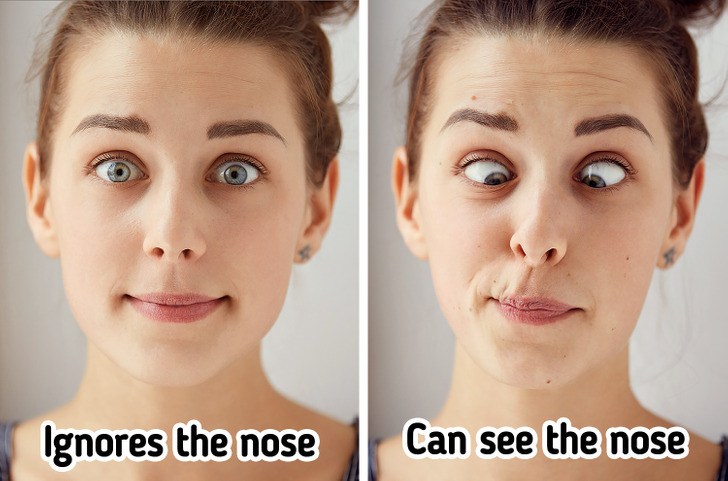
We can see our nose all the time, it’s just that the brain tends to ignore it because it’s a constant visual stimulus. It’s the same with people who wear glasses. After a while, they simply stop noticing them.
8. Your forearm is the same length as your foot.
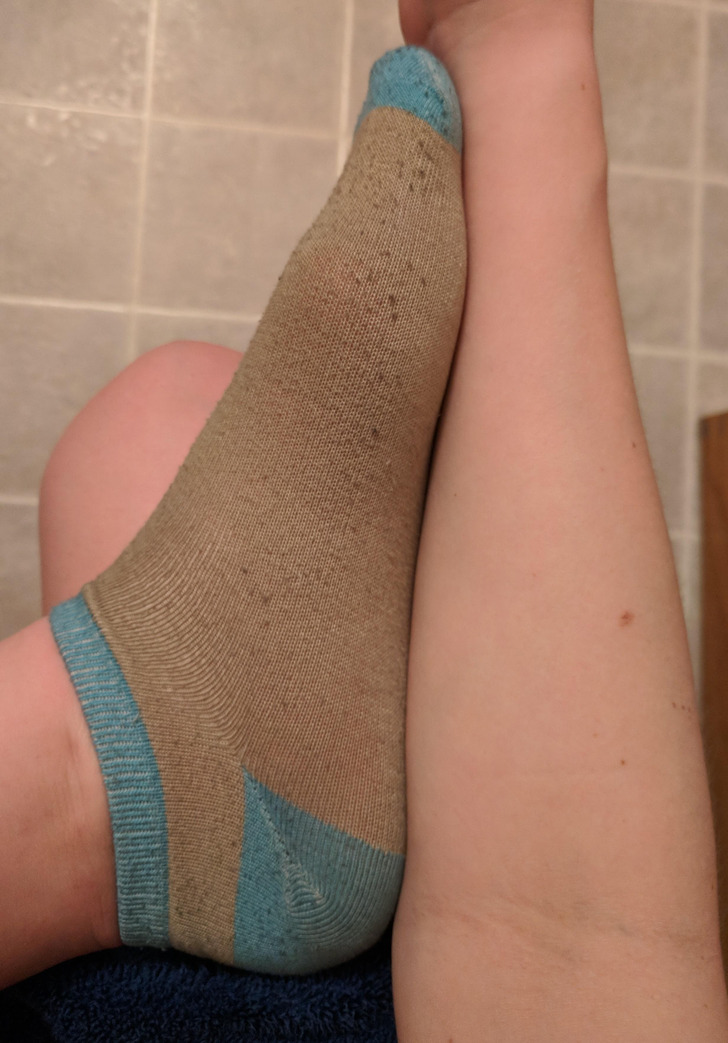
If you don’t have the time to try on a shoe, measure it from your elbow crease to your wrist. If it fits or is just a little smaller, it would fit your foot because the length of your forearm is the same as your foot. And this is just one of many human body ratios that are a marvel in themselves, including the fact that your femur bone is one-quarter your height.
9. You can “see” your white blood cells.

If you look up at a cloudless, bright blue sky and see some wiggly things at the periphery of your vision, you’ve just experienced the blue field entoptic phenomenon. The wiggly things are white blood cells moving in the fine blood vessels moving in front of the retina, at the back of the eye.
10. Human beings have striped skin, but only cats can see it.
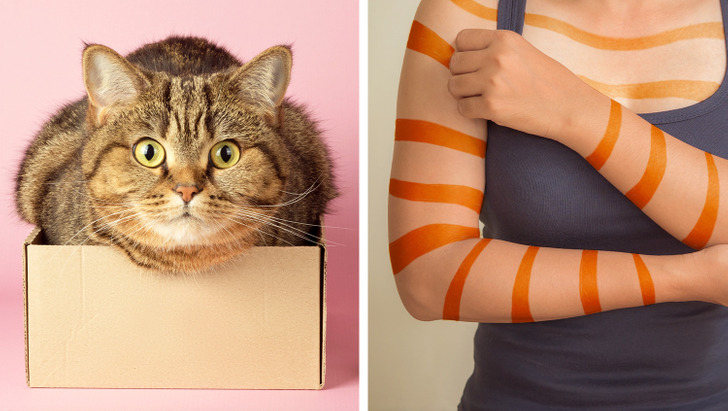
Human beings have stripes and patterns on the skin too, and they are called Lines of Blaschko, name eponymously by the scientist who discovered them, Dr. Alfred Blaschko. These are closer to tiger stripes, forming more of a V-pattern fanning out from the center to the extremities. These lines are visible under UV light, a spectrum that cats can see too, which is why cats can see you as a striped being as well.
Which of these facts turned out to be a revelation for you? Share your extreme nature facts with us and blow us away.
Preview photo credit Shutterstock.com, Shutterstock.com
Four boys singing in church is the funniest thing I’ve seen. Keep your eyes on the boy in the vest

This has to rank among the funniest humorous videos I’ve ever seen, I must say. and I know; I’ve been here. Kudos to the talented boys that put this together.
This has to rank among the funniest humorous videos I’ve ever seen, I must say. and I know; I’ve been here. Kudos to the talented boys that put this together.

A tastefully decorated stage provides the ideal backdrop for the Christmas scene. Everyone in attendance was expecting what they perceived to be an enjoyable, albeit traditional, church service on Christmas.
The four boys arrive on stage looking dapper in black pants, white shirts, and ties. And then it happens! Comedies come next! Keep a watch on the guy in the vest; you can’t help but be entertained by his antics!
This traditional gospel song becomes funnier by the minute. The boys are obviously having a great time. The throng is giggling hysterically. These four boys’ joyful worship and entertainment drove the congregation to tears of laughter!
Many people believe that humorous clean comedy is no longer relevant. These kids, though, aren’t. They are outstanding. They really did make my day. Watch this amusing Christmas performance to get in on the fun. Absolutely amazing! I had a hard time stopping my laughter!
To tell the truth, my friend, nothing compares to clean, funny comedy. the kind that, rather than relying on cheap techniques or crude jokes, depicts the unadulterated joy and spontaneity of life. It’s like taking a trip back in time to happier, carefree times when laughing was abundant and fun was unbridled when these boys perform. These boys really did it well.
Now, when I say the performance was hilarious, I truly do mean it. The primary appeal is the boy in the vest; he seems to have no bounds between his sense of humor and his appearance. The way he blends serious reverence with playful antics is nothing short of wonderful.
Imagine a stage with a serene Christmas scene background, and then all of a sudden… A pretty funny chain of events that makes people clench their sides. When the lads’ performance takes an unexpected turn, everyone gasps almost simultaneously.
The audience’s and the choir’s reactions, combined with the kids’ hilarious antics, make this an especially unforgettable occasion. The space has a genuine warmth and joy that makes a personal connection with guests. Isn’t it amazing how comedy can bring people together in this way?
Let’s talk about the video itself as well: fantastic! It’s this kind of content that becomes increasingly popular for all the right reasons. It’s energetic, upbeat, and perfect for the holidays. You smile when you see these lads infuse brightness and joy into a traditional setting.
It’s undeniable that finding this kind of entertainment these days is unusual. It’s a sweet reminder that sometimes the simplest things may bring about the deepest enjoyment. So trust me when I say that if you’re having a rough day or just need a good laugh, this video is just what you need.
In a world when comedy is often eclipsed by pessimism and doom, these four boys are a beacon of hope. They remind us of the restorative, uplifting, and unifying power of laughing. When we don’t take ourselves too seriously, do you think life can’t be fun? Just watch out for that boy with the vest.



Leave a Reply